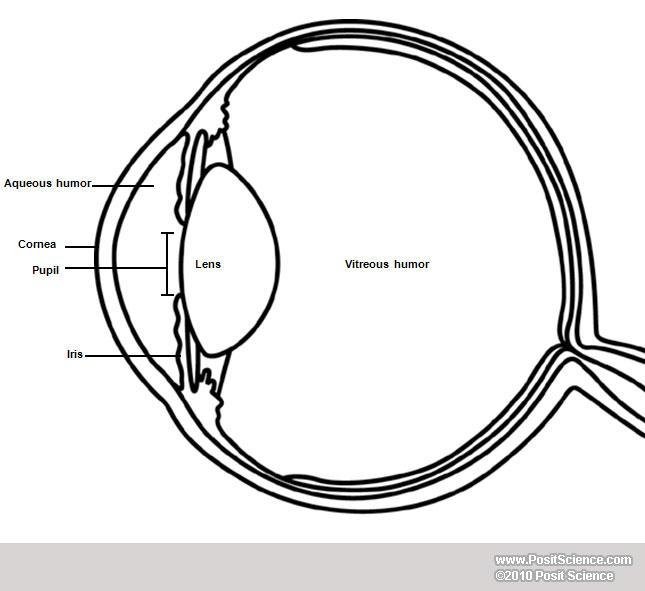

Next, make a coronal cut at the interior margin of the ponds to obtain the hind brain and separate the medulla at the posterior margin of the ponds.įlip the brain tissue for careful separation of the two cerebral hemispheres.

Remove medulla, and then gently separate the two hemispheres. Try separating the hemispheres.įlip the brain ventral site up and make a mid sagittal cut starting from the dorsum in between the olfactory bulbs in the cerebral hemispheres. Eventual side up, structures such as optic chiasm, hypothalamus, olfactory bulbs, medulla oblongata, pituitary stock, and pontine bridge would be visible. Using the dorsal approach, slip the closed blades of a small curved forceps beneath the corpus callosum, and gently spread it to retract the neocortex bilaterally to preserve the critically-salient midline landmarks. Using small curved forceps, remove the cerebellum. Position the brain such that the cerebral cortices are facing upwards. Periodically moisten the tissue with ice-cold saline solution to preserve the structures. Place the brain on a pre-cooled stainless steel block and keep the block cold by surrounding it with ice in an ice-cold saline solution.

Direct the source of white light over the tissue. Make a sagittal cut between the lateral margins of the anterior lobe of pituitary in the nearest trigeminal nerve, then lift out the anterior lobe of pituitary. Make an extremely small parasaggital cut on both sides in the ridge of the membraneous tent that is holding pituitary in its place, and lift the posterior lobe of pituitary with ultra fine forceps. Keep auditory bulla intact for the pituitary anatomy to be identifiable. While cutting meningeal attachments and cranial nerves, invert the skull to allow gravity to assist in the removal of the brain into a small cup pre-filled with saline solution. Make two parallel cuts in the sagittal plane and remove the fragments of the frontal bone, avoiding lacerating the brain surface. As the parietal bones are lifted, identify and cut the remaining meningeal attachments. Remove the occipital bone in the intraparietal bone to expose the cerebellum.Īdvance the scissors rostrally along the mid sagittal suture up to the bregma, and cut it by lifting upward to avoid laceration of cerebral cortices. Then insert the scissors at the opening of the base of the skull where the spinal cord passes with the blade pointing vertically, but parallel to and pressing against the interior surface of the basal plate bone, rotating the blade 45 degrees to the left side and then to the right side. Insert the fine curved scissors into the foramen magnum to separate the adhering meninges. Clamp the maxilla of the decapitated head with a hemostat and use a gauze to reflect the scalp rostrally.
#Mouse brain xsection skin#
To begin, clean and remove the skin for a good grip. Demonstrating the procedure of mouse brain removal will be Seid Muhie, a research chemist and bioinformatician from our lab.įurther demonstrating the procedure of mouse brain dissection will be James Meyerhoff, a neuroscientist from our lab. The timing is very crucial here to maintain the structural landmarks, and can be achieved with proper training and practice. This procedure involves practice and delicate handling. Second, this entire dissection process is sufficiently short to ensure preservation of molecular integrity, a critical prerequisite of back and molecular assays. First, this approach provides an opportunity to understand molecular underpinnings of small, but critical brain regions. The advantages of this protocol are twofold. In the perspective of brain anatomy, it is a top-down approach that can be easily reproduced. This protocol describes a systematic dissection of mouse brain to isolate distinct brain regions. Studying distinct brain regions is a stepping stone towards comprehending the molecular and structural complexity of the brain.


 0 kommentar(er)
0 kommentar(er)
